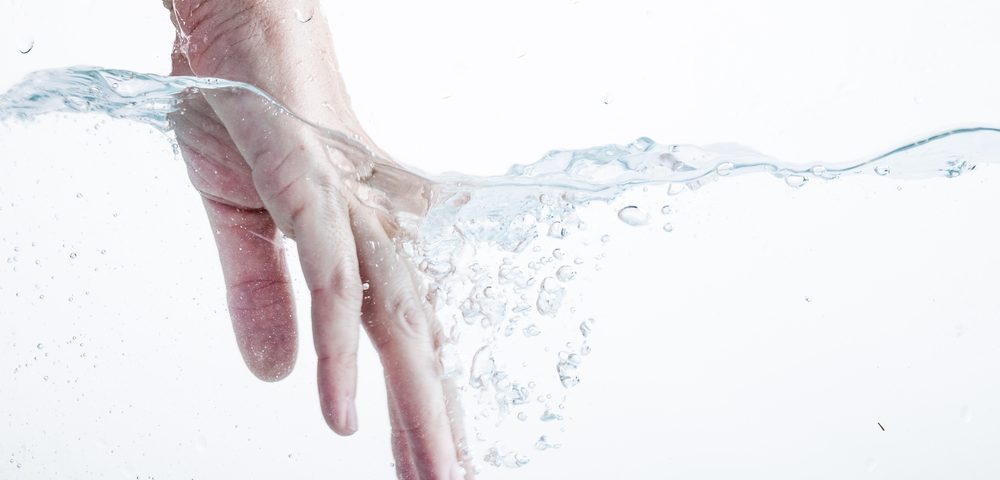A study from Japan outlines a new rapid and noninvasive approach to detect and monitor peripheral circulatory problems in women with primary or secondary Raynaud’s phenomenon.
Results from the study, “A non-Invasive technique for the Evaluation of Peripheral Circulatory Functions in Female Subjects with Raynaud’s Phenomenon,” were recently published in Industrial Health.
One of the common ways to monitor Raynaud’s is through the measurement of finger skin temperature (FST) combined with local cooling of the hand to stimulate vasoconstriction. An alternative approach is to measure finger systolic blood pressure. With recent technological advances, researchers are now able to use laser-Doppler flowmetry (LDBF), a noninvasive approach, to measure finger blood flow (FBF).
LDBF can be used to monitor changes at the skin surface, but it has also been shown to be an effective method to measure changes in deeply located vessels and subsequent finger blood flow.
The present study evaluated peripheral circulatory functions in women with primary or secondary Raynaud’s in comparison to symptom-free women (controls) by simultaneously measuring FST and deep FBF before, during, and for a period after hand immersion in cold water.
Participants in the study included 10 women with primary Raynaud’s phenomenon (group A), while group B consisted of seven women with systemic sclerosis and secondary Raynaud’s. As the control group, 17 women were enrolled who had no signs or symptoms related to Raynaud’s phenomenon.
Overall, the FST (finger skin temperature) and FBF (finger blood flow) tests were reliable measures of Raynaud’s phenomenon. The FST test was able to positively predict Raynaud’s 85% of the time, while the FBF test was able to positively predict Raynaud’s 82% of the time.
Initial FST measurements of those in the primary Raynaud’s group were lower (average of 25.3 degrees Celsius, or 77.5 degrees Fahrenheit) compared with the Group B (28.3 degrees Celsius, or 82.9 degrees Fahrenheit), and the control group (30.7 degrees Celsius, or 87.2 degrees Fahrenheit).
Subjects in all three groups experienced a decrease of about 10 degrees Celsius in mean FST during the one-minute cold immersion test and no significant differences could be detected. The recovery patterns in groups A and B were similar during the five-minute recovery period, with finger temperatures gradually increasing. The recovery rate of FST was significantly lower in the primary Raynaud’s group (71%) compared to the control group (85%).
Similarly, the mean value of FBF in the primary Raynaud’s group was recorded at a much lower level compared to those with secondary Raynaud’s phenomenon and the control group. After the one-minute cold immersion, FBF gradually recovered starting at two to three minutes. After five minutes, the recovery rate of FBF in the primary Raynaud’s group was lower (32.8%) compared with the secondary Raynaud’s group (56.6%) and the control group (81.6%).
According to the team, the method described represents a simple and quick setup with a series of measurements. With good sensitivity and specificity, this test was capable of distinguishing patients with either primary or secondary Raynaud’s, and could monitor changes in peripheral circulatory function in patients.


